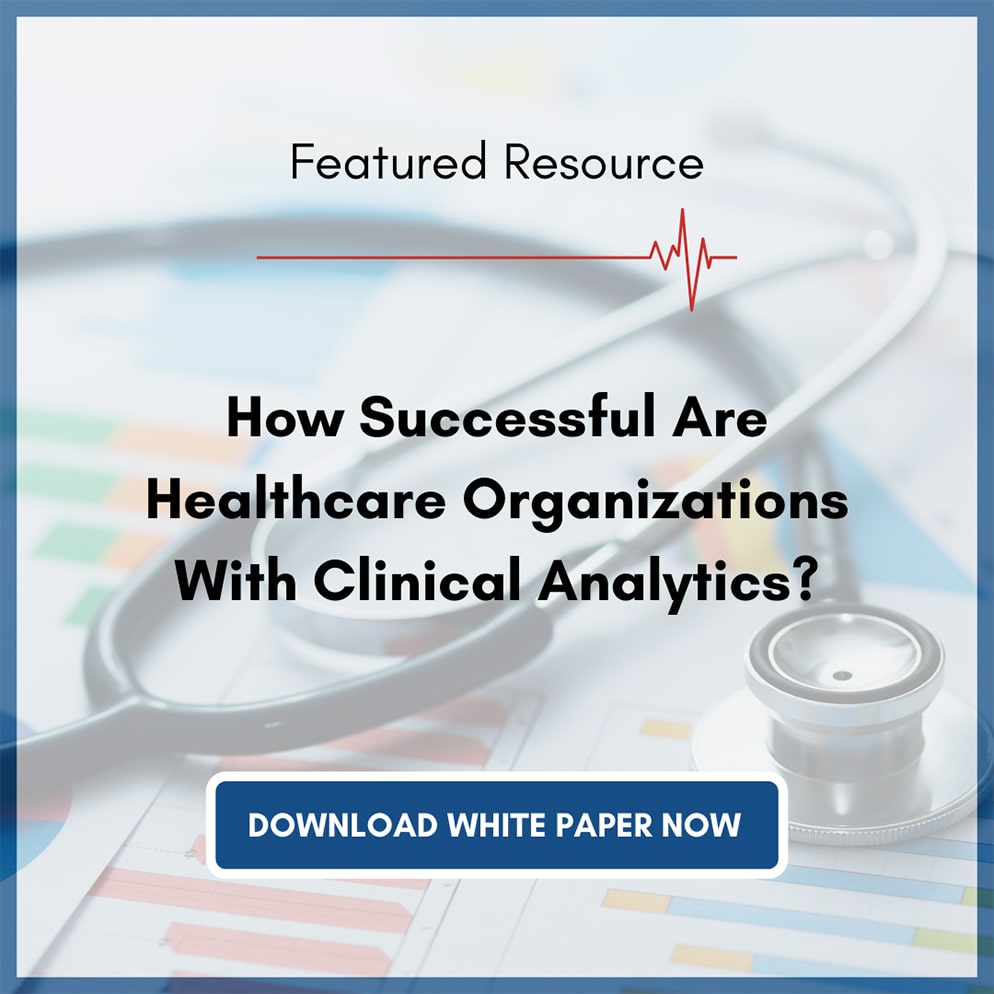With the nation’s healthcare spending projected to top $6 trillion by 2027, regulators and payers are turning to value-based care strategies to curb unnecessary costs while nudging the United States up the list of countries with high-quality patient outcomes.
Value-based care models require healthcare providers to take accountability for the spending and outcomes of a defined population of attributed beneficiaries. Participants must meet challenging financial and clinical targets in order to gain incentives or avoid negative payment adjustments.
The rapid adoption of value-based care models has put pressure on healthcare organizations to enhance their visibility into the challenges and utilization patterns of their attributed populations in order to stay ahead of avoidable spending.
For that, they need data analytics.
Here are the top five ways that data-driven insights can support better health for patients while helping organizations meet their quality and spending goals.
Identifying care gaps and clinical opportunities in patient populations
In order to prevent expensive and disruptive hospitalizations, readmissions, and emergency department visits, providers are looking to more closely manage patients with common chronic conditions, such as diabetes and congestive heart failure.
But many organizations lack the ability to easily identify groups of patients with these diagnoses, let alone flag individuals with rising risks that may lead to a diagnosis in the future.
With data analytics tools that combine electronic health record (EHR) data with lab data, pharmacy data, and hospital utilization information, providers can see which individuals are living with chronic conditions, who may be headed for a crisis event – and perhaps most importantly, whether or not these patients have received recommended screenings, follow-up, and appropriate care for their unique needs.
Gaining insight into spending and utilization rates
Providers who can reduce the use of avoidable services while maintaining exceptional care quality are more likely to stay below their benchmarks and earn incentives.
By analyzing utilization patterns for patients with a history – or a predicted likelihood – of higher-than-average spending, healthcare providers can apply personalized interventions in an effort to forestall a costly clinical event.
Organizations can also increase their visibility into inappropriate use of higher-cost services, such as a visit to the emergency department when a primary care physician could deliver the same care at a lower cost.
Insights into these behaviors can provide supporting evidence for implementing patient education programs and care management initiatives or reallocating resources to meet consumer demands while staying within budget.
Addressing the social determinants of health
Only a fraction of patient outcomes can be directly tied back to the care delivered in hospitals and clinics. The social determinants of health, such as transportation, food and housing security, and patient health literacy, play a hugely significant role in a person’s ability to access and adhere to care.
While healthcare providers may not be able to control every aspect of a patient’s non-clinical challenges, they can begin to work more closely with community organizations and social service agencies to identify areas where the healthcare system may be able to offer assistance.
In order to do so, healthcare organizations will need to invest in data analytics tools that can integrate disparate data sources and offer actionable insights for patient care.
Evaluating the impact of new workflows and care models
Value-based care requires providers to shift from a reactive care model to a proactive one. This often means embracing new workflows and relying more heavily on health IT tools during the care process.
But not every new strategy is completely successful right off the bat. Organizations need to carefully evaluate the impact of their new strategies on their staff and patients and be prepared to implement changes when necessary.
Using data analytics tools to monitor provider performance allows organizational leaders to alter tactics that are not producing the desired results. These tools can even identify individual clinicians who may need to change their behaviors, allowing organizations to continuously iterate and improve.
Creating better consumer experiences and higher satisfaction
Healthcare consumers are becoming increasingly choosy about where they receive care – and increasingly vocal about poor experiences. As providers move toward a more holistic, ongoing relationship with their patients, they will need to maintain their trust and good opinions.
From streamlining frustrating billing and scheduling processes to reducing wait times in the clinic, data-driven insights can help providers create smoother experiences that keep patients feeling engaged and cared for.
These broader cultural changes typically require input and buy-in from across the organization and are most effective when paired with staff education and ongoing positive reinforcement to cement new procedures into the daily routine.
As the industry moves deeper into value-based care, providers will need to develop the analytics infrastructure to get ahead and stay ahead of chronic diseases while controlling costs and offering exceptional patient experiences.
Healthcare organizations that focus on adopting data-driven tools to address these five areas of concern are more likely to earn incentives or avoid negative financial outcomes and position themselves for success with value-based care in the future.
- Using Data More Effectively to Address the Social Determinants of Health - March 30, 2020
- Five Ways Data Analytics Support Success with Value-Based Care - February 10, 2020




